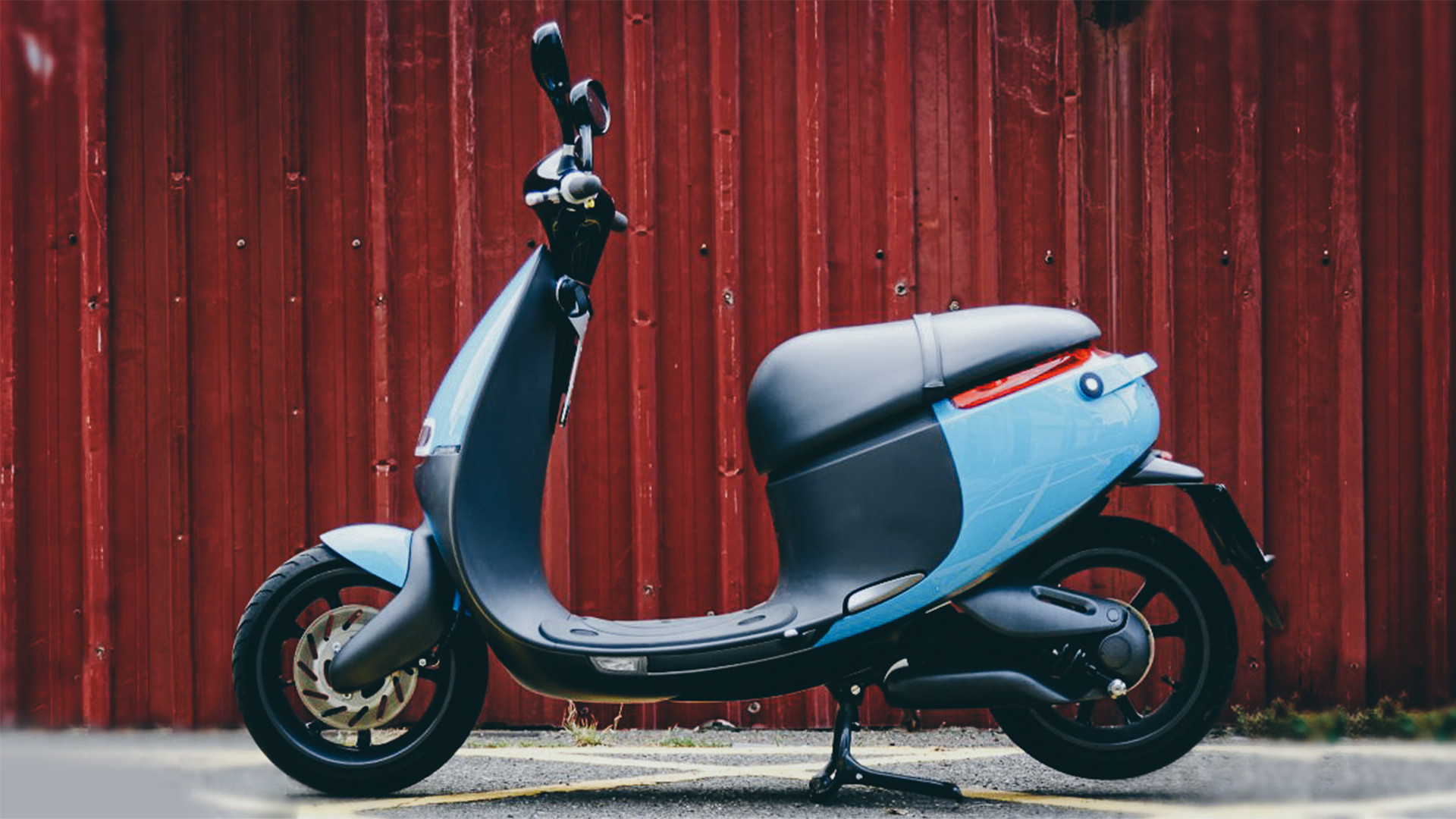Sponsorship marketing: Are Taiwanese manufacturers getting it right?
-
- Joseph Judd
- Brand Strategist
Brands in the ‘Bicycle Kingdom’ turn to sponsorship
In the face of a global economic downturn Taiwan still retains its reputation as the ‘Bicycle Kingdom’, boasting some of the most innovative and successful bicycle and bicycle accessories companies in the world. For many years, talent, experience, and creative edge in design and production techniques allowed Taiwanese manufacturers to stay at the top of the game in the bicycle industry.
While many industries have struggled in recent times in the face of Chinese manufacturing competition, Taiwan’s bicycle industry has remained competitive, largely due to its success at creating and developing globally-recognized brands. However, having established their reputation in the global market, Taiwanese manufacturers are now looking for fresh, creative ways take their brands to the next level.
Against this backdrop, many companies have been adopting sponsorship strategies — either sponsoring events, organizations or individuals — in efforts to communicate and build awareness around their brand, and to reach out to their target market.
When well executed, sponsorship marketing can be a powerful communications tool for enhancing brand reputation and awareness, broadening competitive advantage, and driving sales. But what exactly, do companies need to do to successfully build brands through sponsorship, and where do some companies go wrong?
Defining strategic goals
In order to be most effective, sponsorship campaigns need to be focused on a set of clearly defined strategic goals, which communicate the company’s key competitive advantages. Sponsorship initiatives should also be directly related to consumers’ experiences with the product, and appeal to emotions that are linked to the brand. The margin of success of brand-sponsorship collaboration will, above all, depend on the compatibility between the brand and the individual, organization or event that’s being sponsored.
Many Taiwan companies in the bicycle and bicycle accessories industry have chosen athletes as their primary vehicle for sponsorship marketing. However, for many companies athlete sponsorship might not be the most suitable or effective approach.
Companies should focus on the compatibility of their brand with the sponsorship partner in terms of personality, lifestyle, identity and positioning in the market in relation to competitors. In the case of athlete sponsorship, does the individual closely reflect the interests and desires of the company’s main targeted consumer market?
Cycling as a lifestyle
In the most successful cases, sponsorship creates value for consumers in a way that helps shape their perception of the brand and drives behavior change. Italian manufacturer of bicycle saddles, Selle Royal, has had considerable success in this area. Selle Royal initiated and sponsored the Worldwide Cycling Atlas — a project that traces the stories of ordinary cyclists around the world who share a passion for cycling and “trying to make the world a better place.”
Selle Royal’s strategy has been to sponsor individuals and groups who reflect the company’s main consumer market — ordinary cyclists. By telling the different stories of people from many walks of life who have made cycling part of their lifestyle, Selle Royal has helped to drive behavior change while positioning itself as a social facilitator, promoting the social and wellbeing benefits of cycling.
As an excellent example from Taiwan, Giant has also had success in its sponsorship marketing initiatives. As with Selle Royal, rather than focusing solely on sponsoring top performing athletes – who generally use highly specialized racing bikes and equipment — Giant has used its own founder and chairman, King Liu, as a public figure to promote the Giant brand. Although one of Taiwan’s most successful businessmen, 79 year old Liu is no super-athlete: he comes across as someone ordinary that ordinary people can readily relate to, and has become the human face of Giant’s ‘Ride Life, Ride Giant’ campaign.
Getting the right kind of publicity
Mr Liu attracted global media attention in 2009 when he cycled from Beijing to Shanghai to promote “the positive aspects of cycling around China and the world”. In 2011 Mr Liu also led Taiwan’s One Bike One event, organizing 72,919 people in Taiwan to send text messages while cycling, breaking a Guinness World Record. Giant’s hope, in Mr Liu’s own words, was to “create fun by combining cycling with daily life and use it as bait to attract more people to take part in cycling, thereby expanding the market capacity.”
Giant’s strategy has been to promote cycling as a healthy lifestyle, a way to make cities function better, and a climate-friendly alternative to driving cars. These concepts have become associated with Giant’s brand, and are particularly effective because consumers can relate to them as highly positive.
Understanding your product’s culture(s)
At the heart of Giant and Selle Royal’s sponsorship strategies is their desire to actively participate in the long-term development of cycling — not just through the support of athletes at the top level of competition, but through the promotion of cycling as a culture and lifestyle with real benefits to consumers. Moreover, by focusing sponsorship campaigns on consumers who ride bicycles for recreation and transport, rather than the minority who ride for racing and sport, their campaigns effectively target the consumer market with the highest growth opportunities.
The most successful brands are those that deeply understand, and actively participate in, their product’s culture. Companies that have less success with sponsorship often lack a long-term strategic vision for their brand. They may focus too much on short-term goals, such as making quick profits, or seek to replicate competitors’ approaches to sponsorship. In order to get the most value from sponsorship, however, companies should focus more on leveraging and communicating their own unique brand story that can effectively set them apart from competitors. Brand strategy research and development along these lines will serve as an important guide for companies in identifying suitable sponsorship parters that can more effectively engage their targeted consumer market.




